Peter Mascher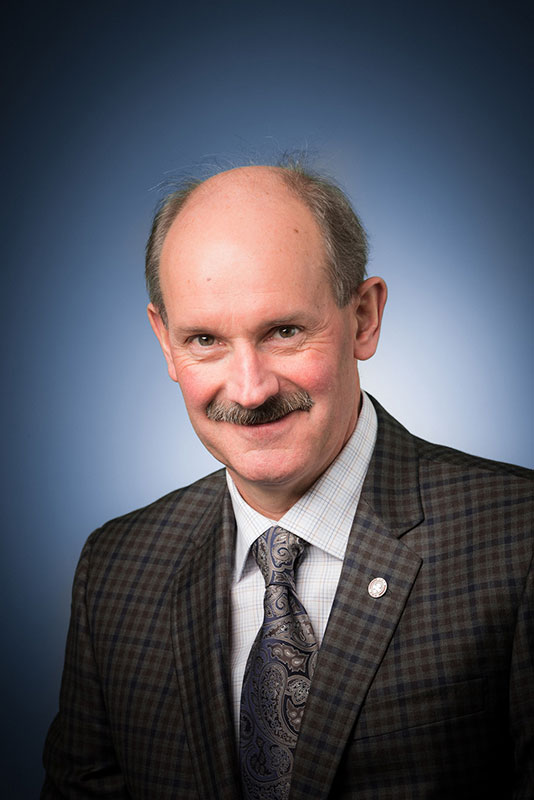 is a professor in the Department of Engineering Physics and holds the William Sinclair Chair in Optoelectronics at McMaster University in Ontario, Canada. There, he leads a research group specializing in the fabrication and characterization of nanostructures. Mascher was recently named technical editor of the ECS Journal of Solid State Science and Technology (JSS) in the area of dielectric science and materials.
is a professor in the Department of Engineering Physics and holds the William Sinclair Chair in Optoelectronics at McMaster University in Ontario, Canada. There, he leads a research group specializing in the fabrication and characterization of nanostructures. Mascher was recently named technical editor of the ECS Journal of Solid State Science and Technology (JSS) in the area of dielectric science and materials.
The Electrochemical Society: What made you want to take on an ECS editorial role?
Peter Mascher: I’ve been a member of the ECS Dielectric Science and Technology Division for many years and we’ve had many discussion on how to raise the quality of submissions to JSS and by extension, the quality of the journal overall. At some point in time, when the opportunity arises, one should try to make a contribution rather than just discussing it. I think there are avenues toward increasing the profile of the journal and I hope I can make a contribution there.
ECS: What do you hope to accomplish in your new role as JSS technical editor?
PM: I would like my colleagues who contribute to the ECS meetings in the various symposia to be much more aware of the journal and the opportunity to publish in JSS, which will help increase the overall quality. There should be a strong connection between the excellent presentations that are given at the various symposia at ECS meetings and the manuscripts that are being submitted to the journal.


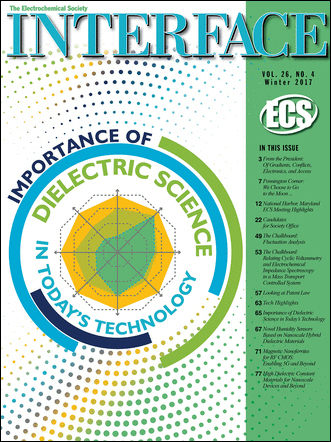
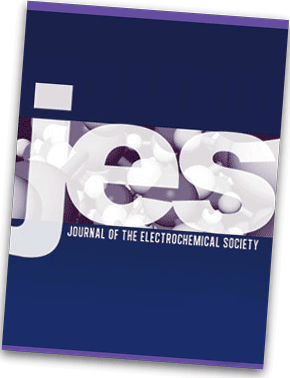 Over 1,840 articles were published in ECS journals in 2017, ranging from battery technology to materials science. Among those articles, “
Over 1,840 articles were published in ECS journals in 2017, ranging from battery technology to materials science. Among those articles, “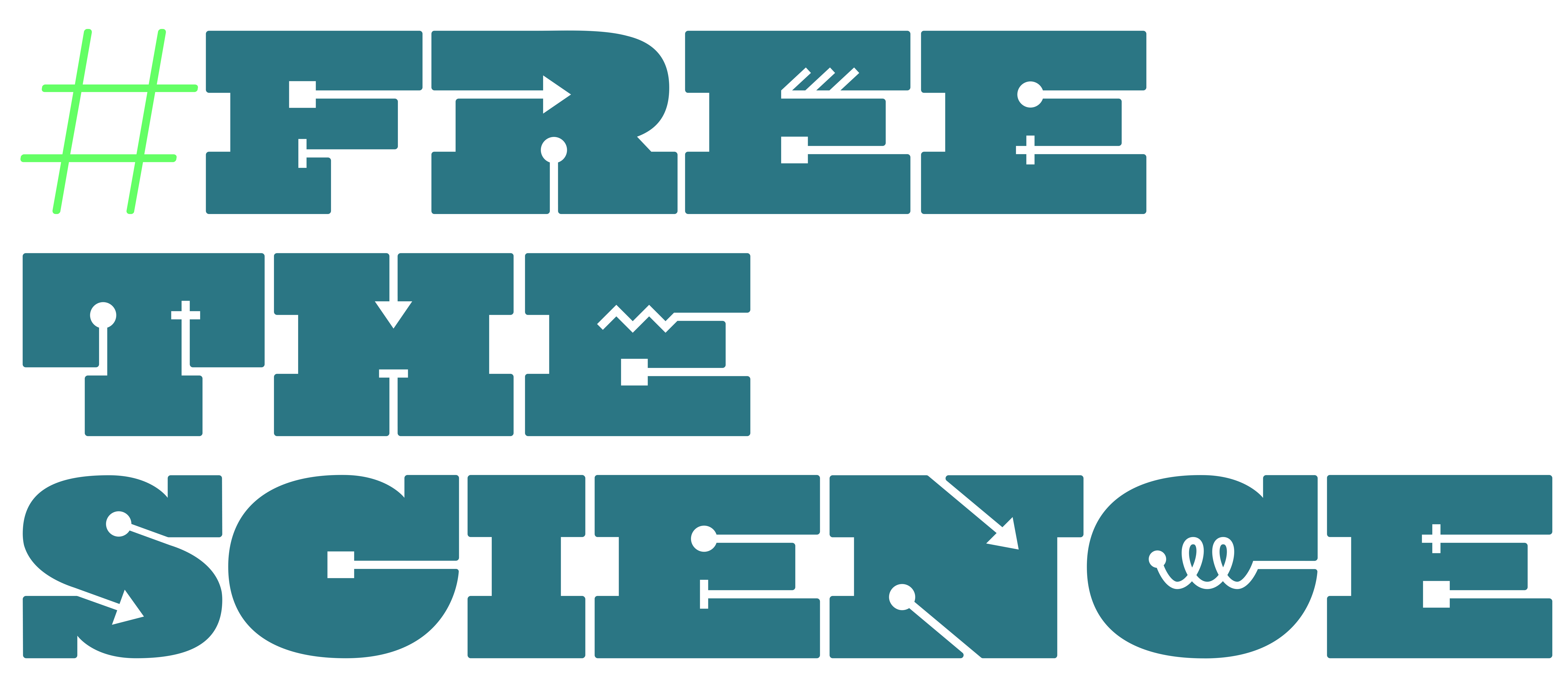 United States President John F. Kennedy sent a powerful message to the country in his speech at Rice University in1962, “We choose to go to the Moon in this decade and do the other things, not because they are easy, but because they are hard; because that goal will serve to organize and measure the best of our energies and skills, because that challenge is one that we are unwilling to postpone, and one we intend to win.”
United States President John F. Kennedy sent a powerful message to the country in his speech at Rice University in1962, “We choose to go to the Moon in this decade and do the other things, not because they are easy, but because they are hard; because that goal will serve to organize and measure the best of our energies and skills, because that challenge is one that we are unwilling to postpone, and one we intend to win.” In the Fall of 2011, Sarah Mackenzie, the maid of honor at my wedding, was diagnosed with a rare form of ovarian cancer. Sarah and her family were motivated to learn as much as they could about the disease to advocate for her care. They weren’t scientists, but they started searching the literature for relevant articles. One evening, Sarah called us, angry. Every time she found an article that might be relevant to understanding her disease, she ran into a paywall requiring $15-$40 to access it. Public money had paid for the research, yet she was barred from making any use of it. Luckily, she had us. Most people in Sarah’s position don’t have the luxury of friends at wealthy academic institutions with subscriptions to the literature.
In the Fall of 2011, Sarah Mackenzie, the maid of honor at my wedding, was diagnosed with a rare form of ovarian cancer. Sarah and her family were motivated to learn as much as they could about the disease to advocate for her care. They weren’t scientists, but they started searching the literature for relevant articles. One evening, Sarah called us, angry. Every time she found an article that might be relevant to understanding her disease, she ran into a paywall requiring $15-$40 to access it. Public money had paid for the research, yet she was barred from making any use of it. Luckily, she had us. Most people in Sarah’s position don’t have the luxury of friends at wealthy academic institutions with subscriptions to the literature.
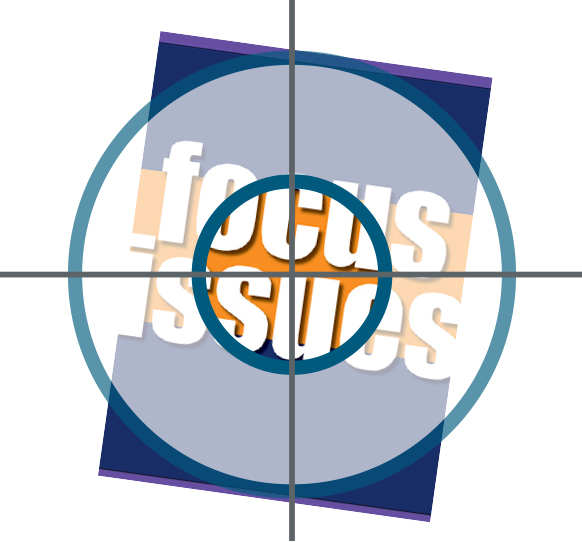 Submission Deadline: December 26, 2017
Submission Deadline: December 26, 2017